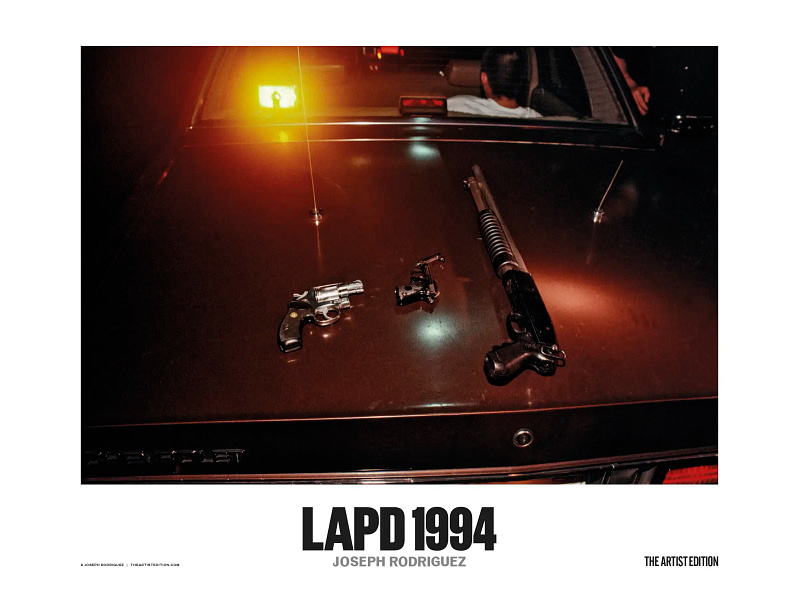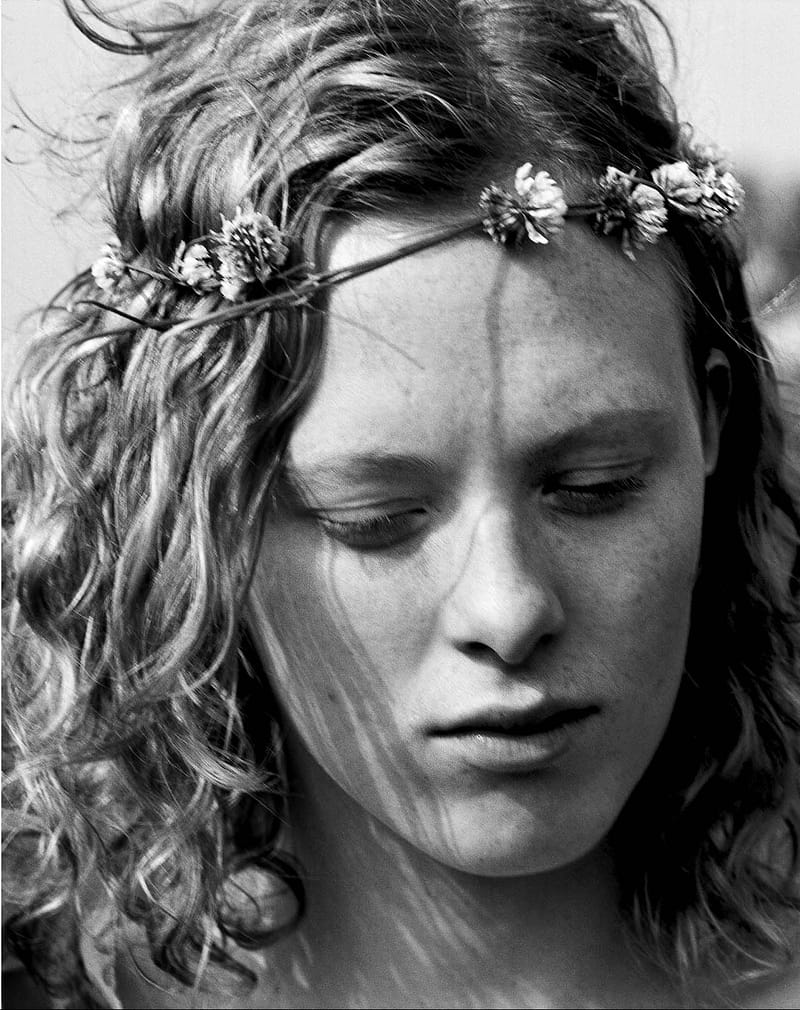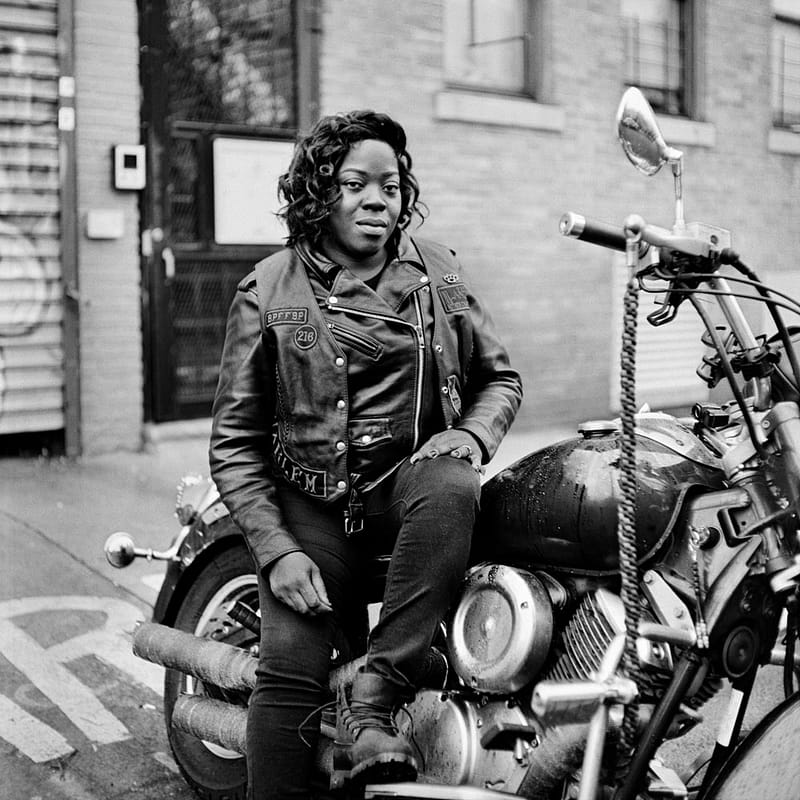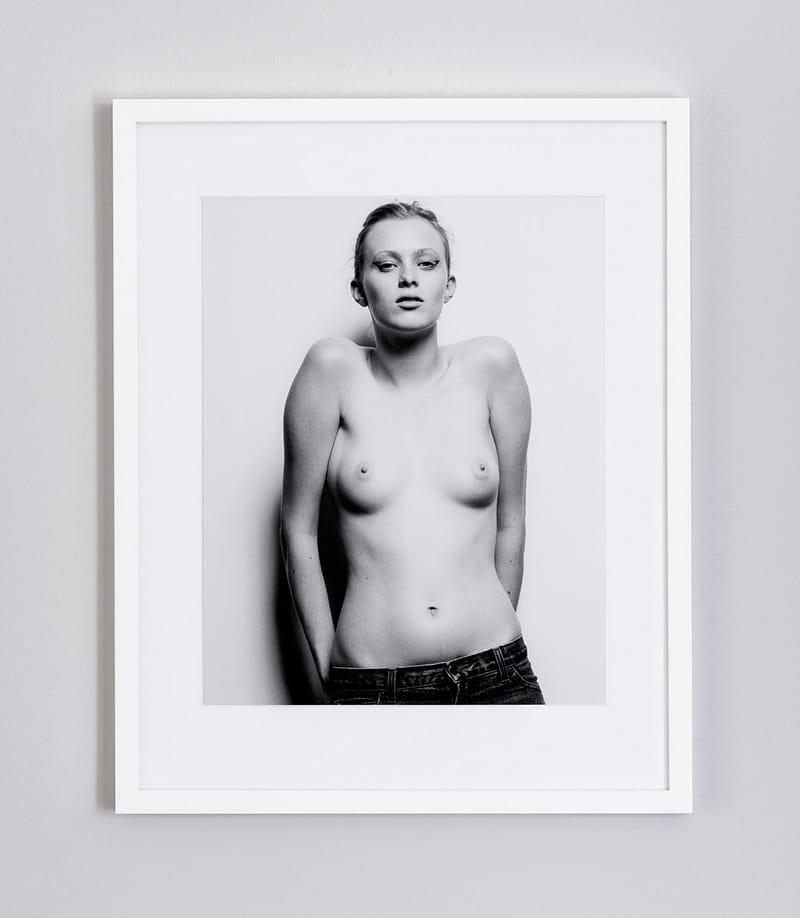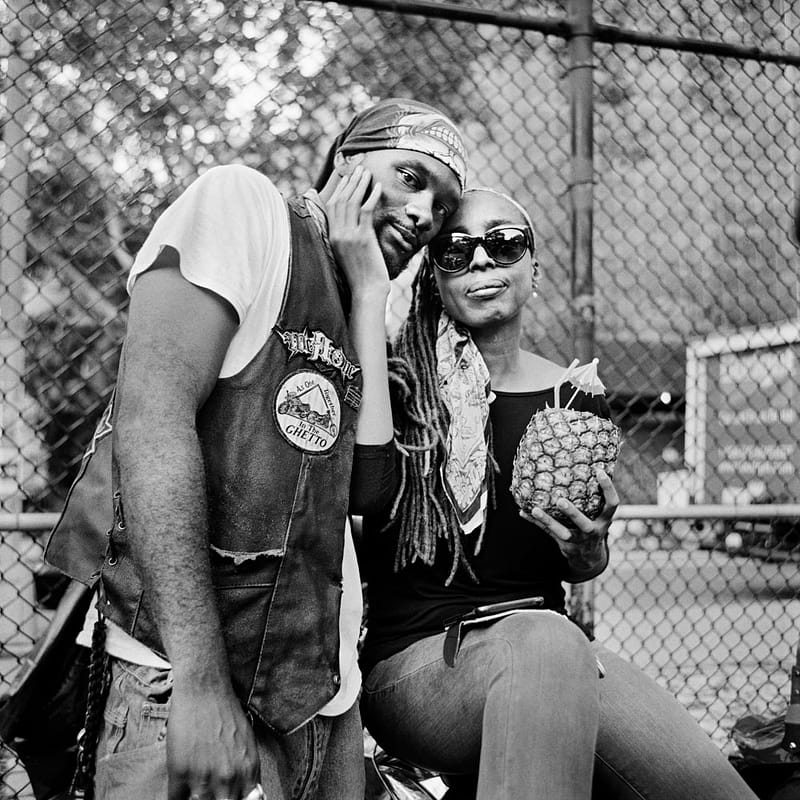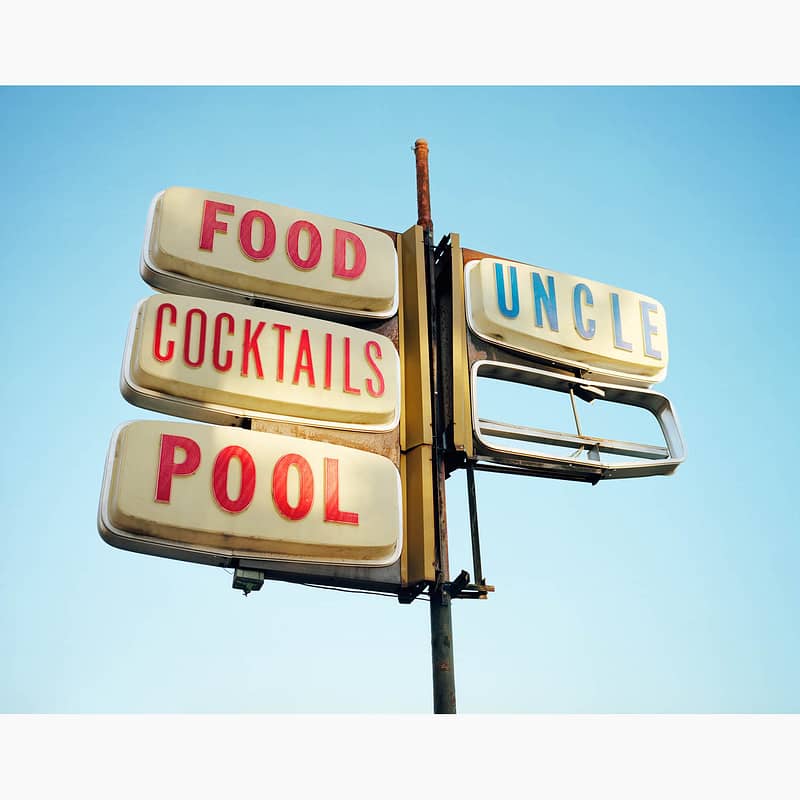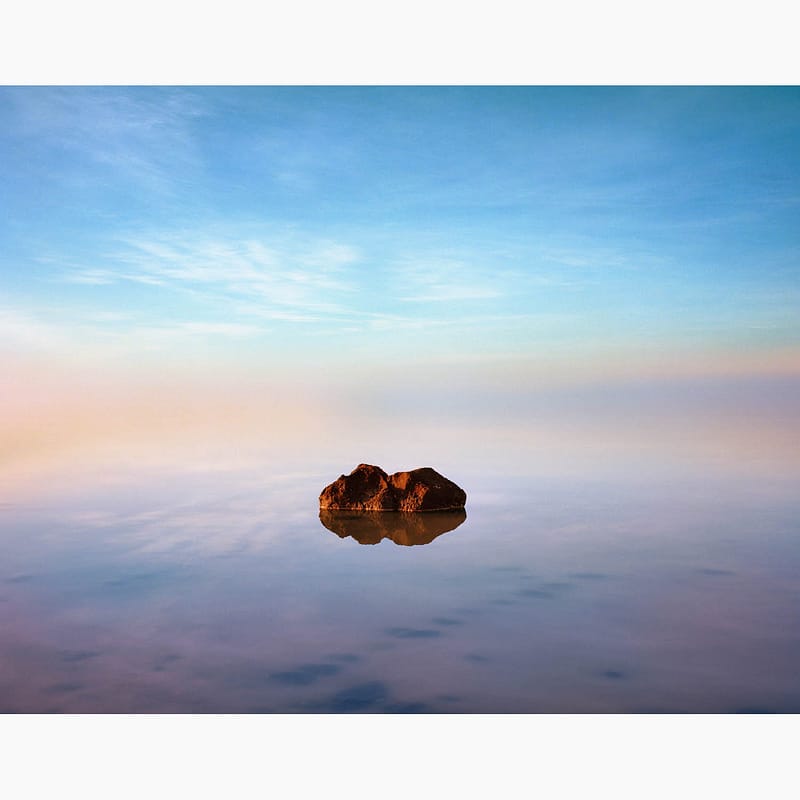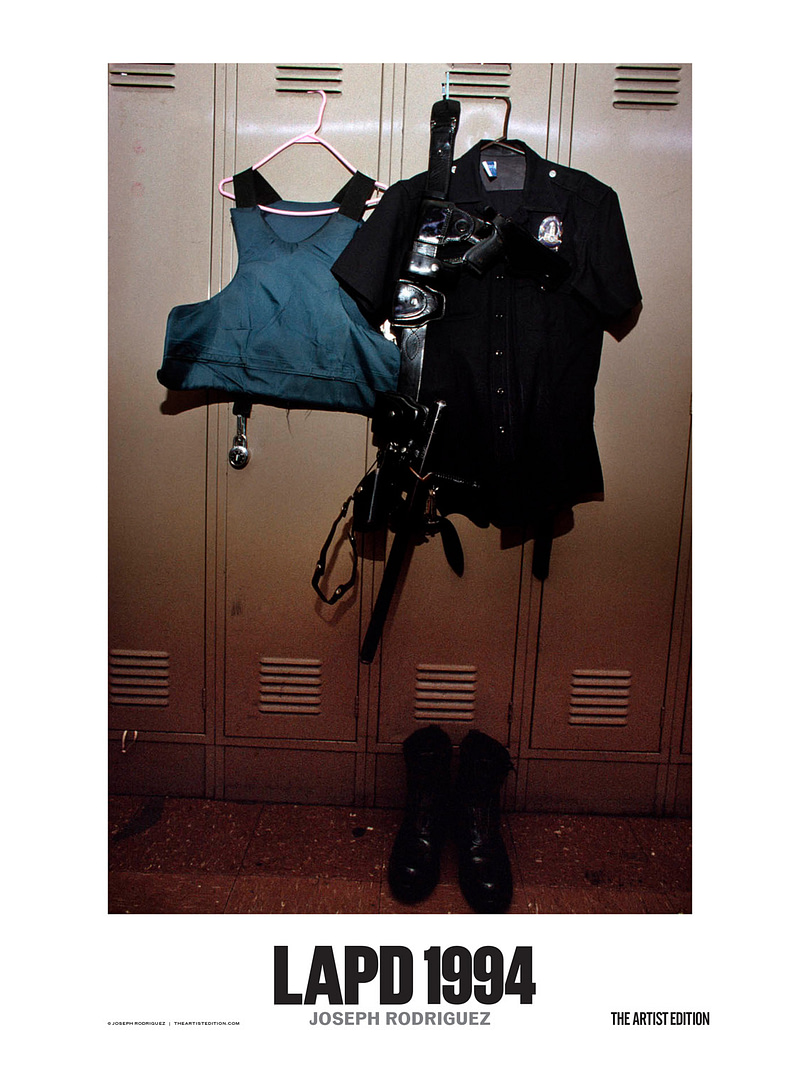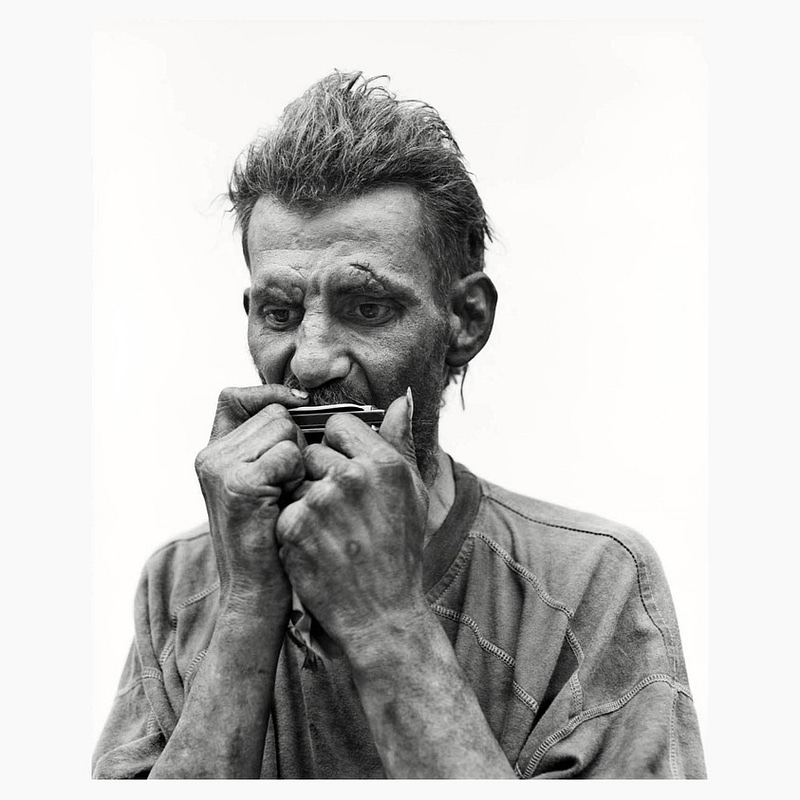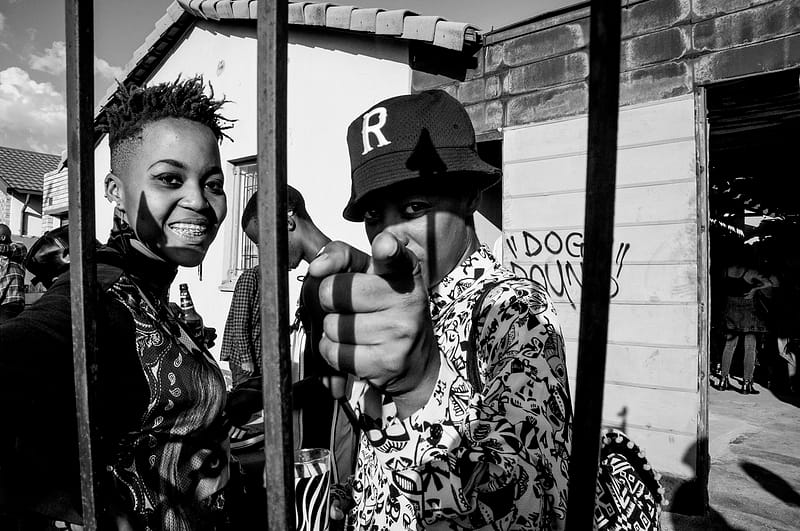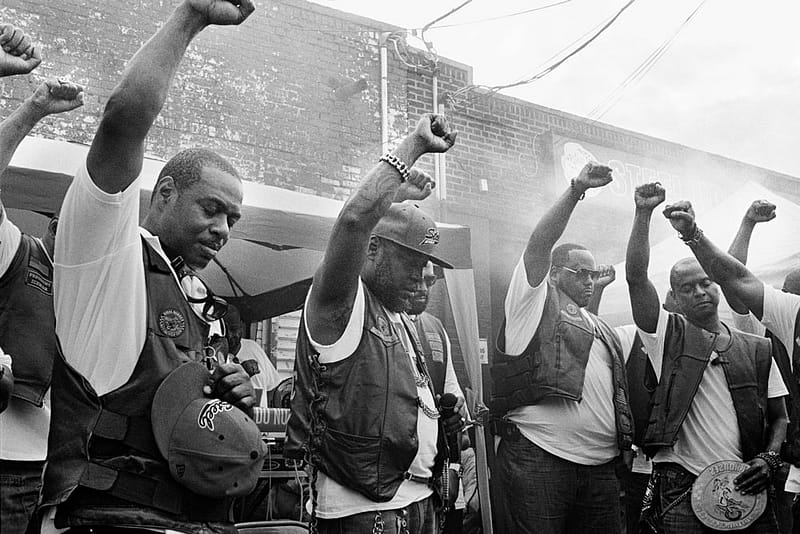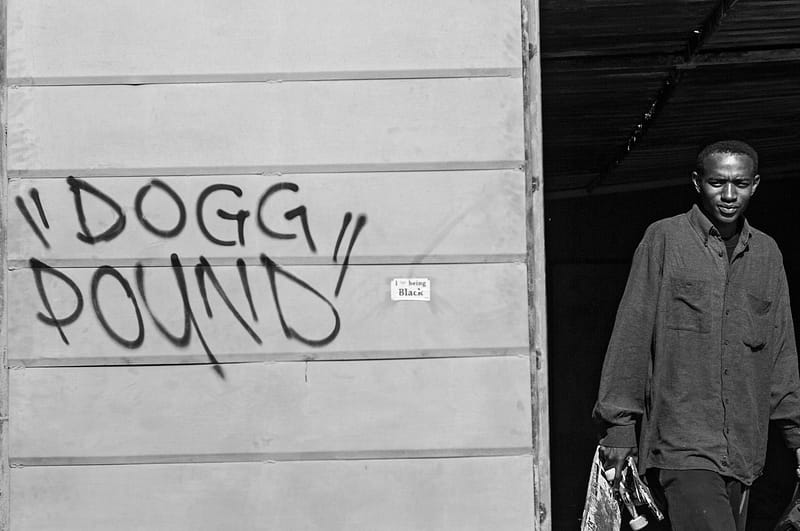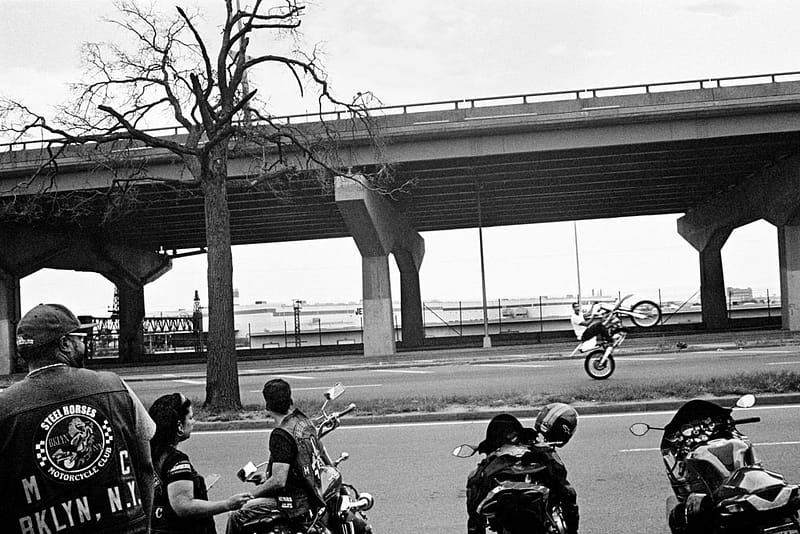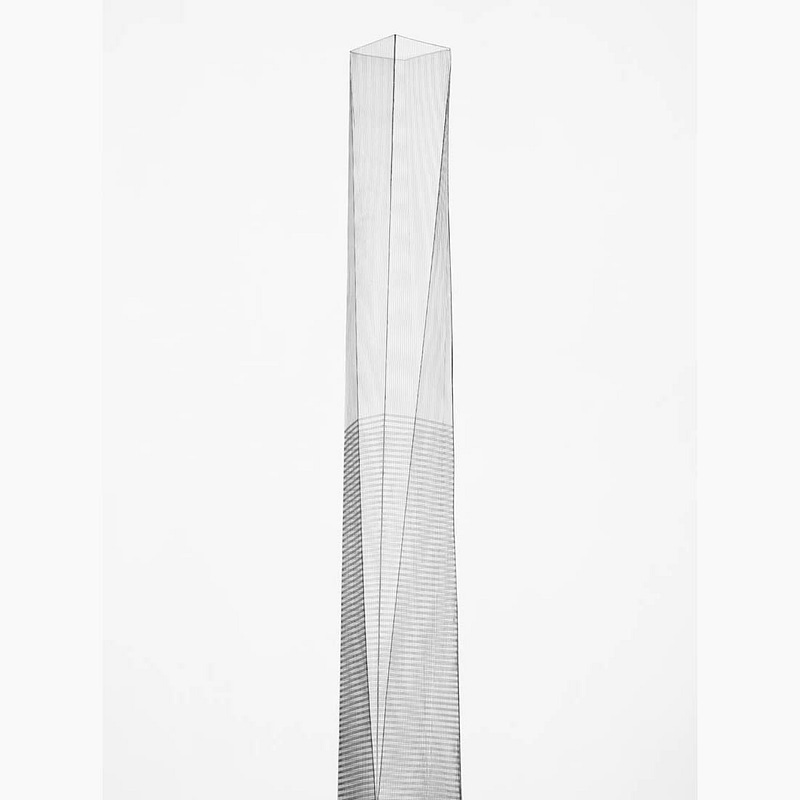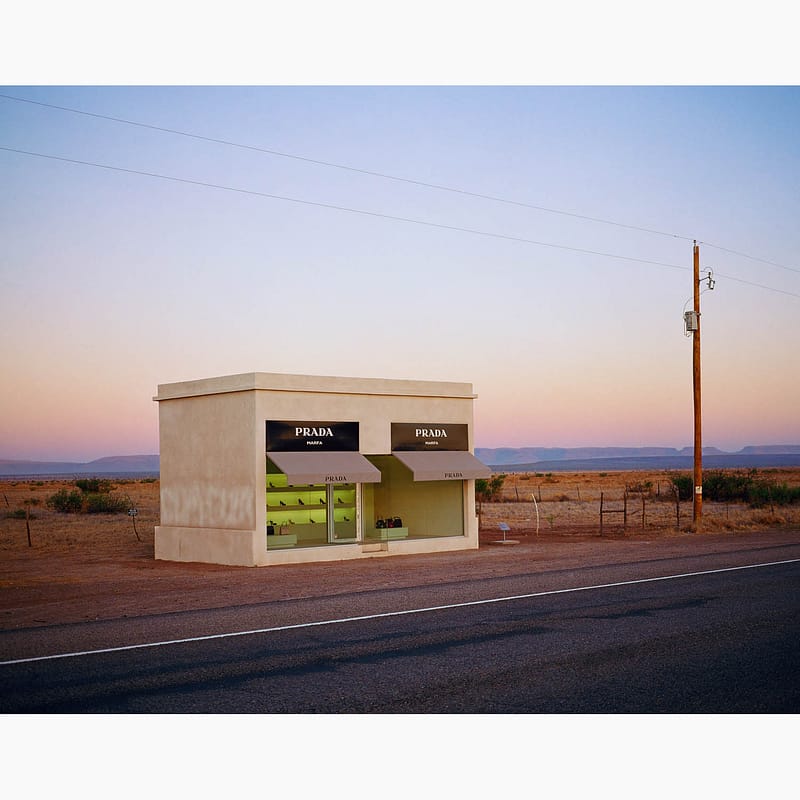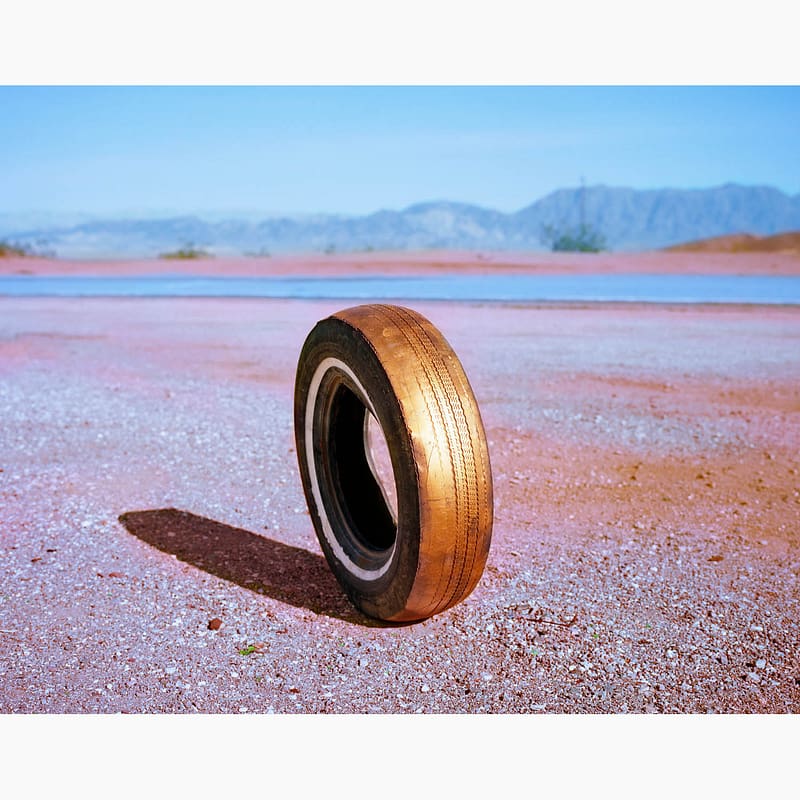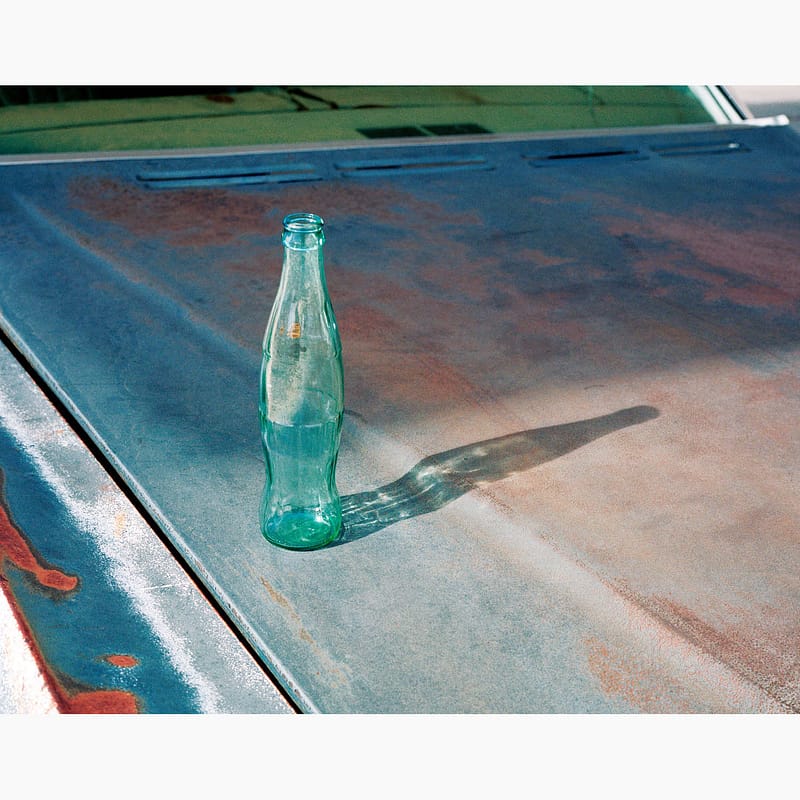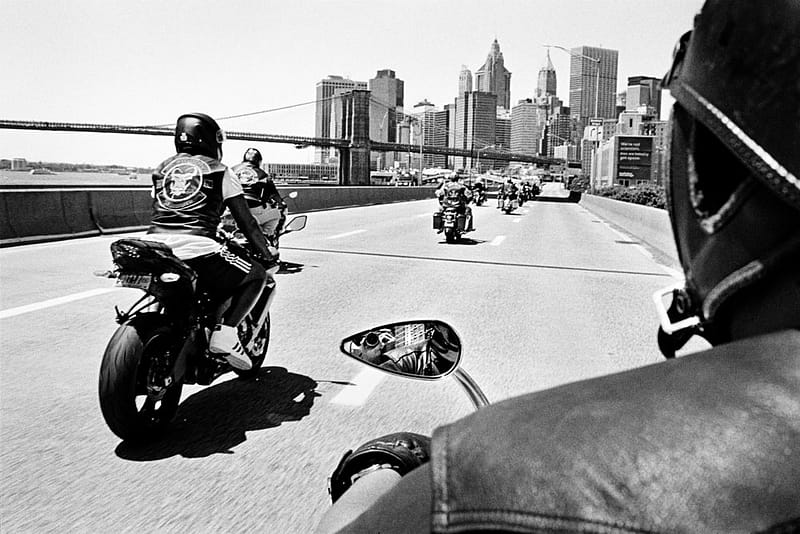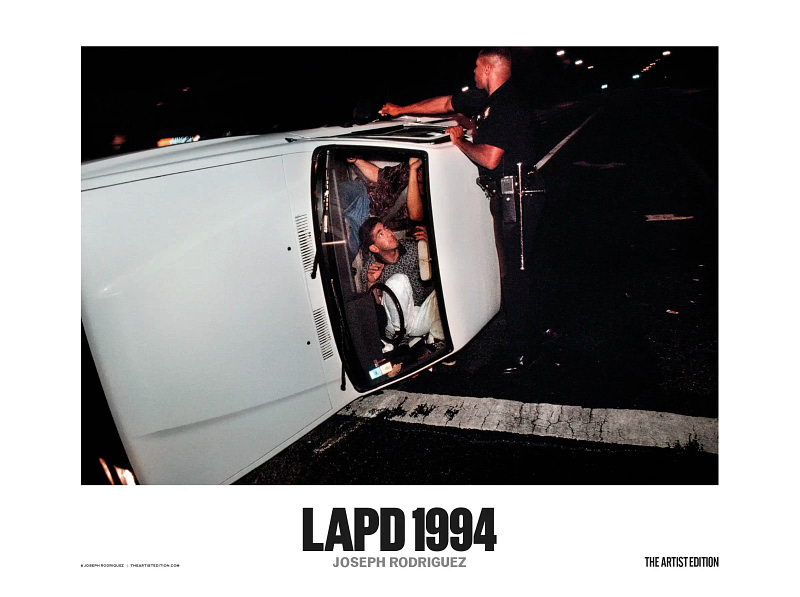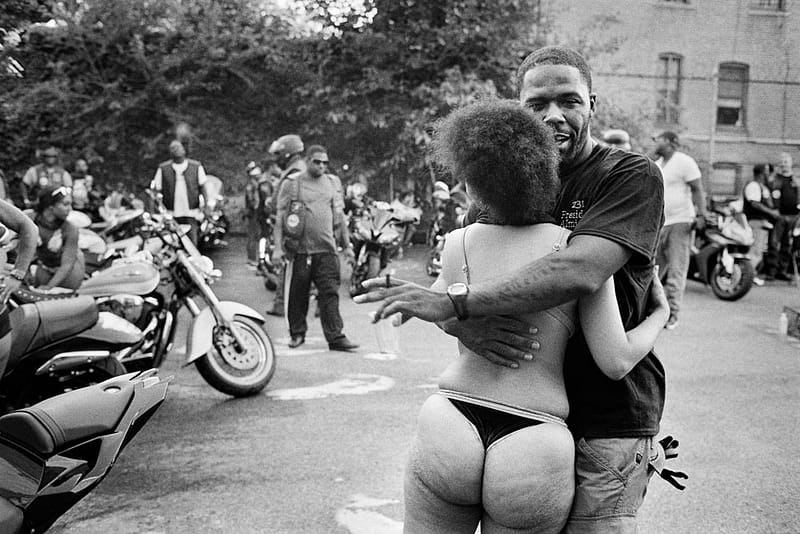Andre D. Wagner

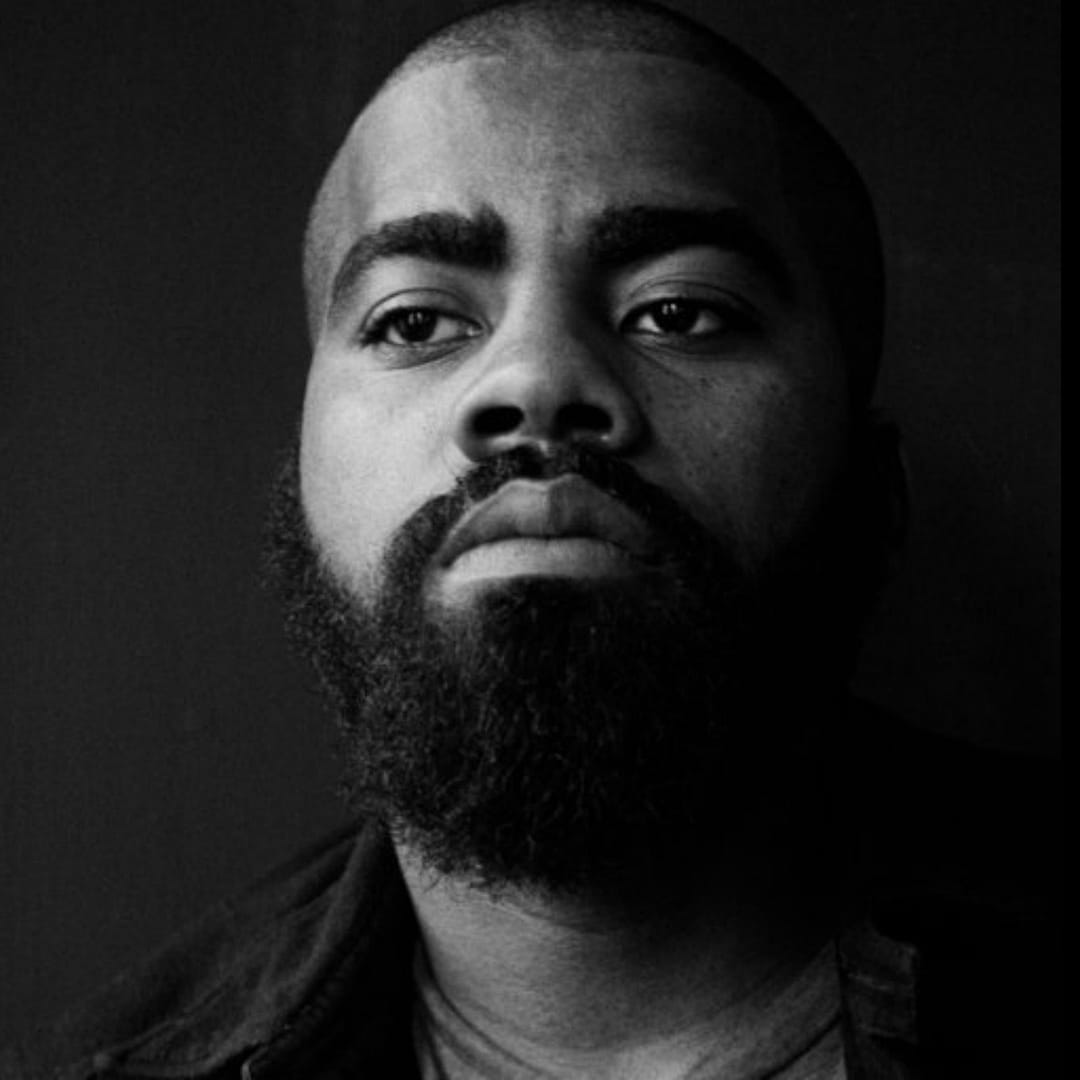
Details
b. 1986
In-between moments
Andre Wagner’s subtle and moving street photography.
by Johanna Lenander
It’s been a little over a year since this interview. Andre and I met in the middle of February, both of us happily oblivious to the mysterious illness that was spreading across the globe. We talked about spring, specifically spring in New York, how much we were looking forward to it, how life-affirming and exciting it would be when the warm weather moved people back outside again. The conversation we had on that day would not have been possible just a few months later. So, please read this as a capsule in time, what we know as the “before-times”.

There’s a reason why Andre Wagner’s pictures make our hearts a little lighter.
They’re like an antiserum for the illness of our times, or at least the life and times in America right now. His images are an injection of dignity and light in a social climate that feels saturated in lies and degradation. The black and white photographs honor the experiences of people who are not usually seen, most of them black and brown, most of them in neighborhoods that are teetering on the brink of gentrification: young parents pushing strollers, kids playing on the street on the first warm day of spring, a pensive face lit by the sun through a subway window. Andre’s photographic eye elevates these moments to celebrations of humanity, of love and connection and having the strength to push through another day.

Andre’s photographic eye elevates these moments to celebrations of humanity, of love and connection and having the strength to push through another day

A minister’s son from Nebraska, Andre is an entirely self-taught artist who first picked up a camera more or less by accident. His work is regularly featured in photo essays for The New York Times and magazines like The New Yorker and Fortune and his starkly beautiful poster for Queen & Slim is already a classic. We had the pleasure to catch up with him in his home — which doubles as a tastefully designed living space and meticulously organized darkroom and office — to talk about what it means to be a black urban storyteller today.
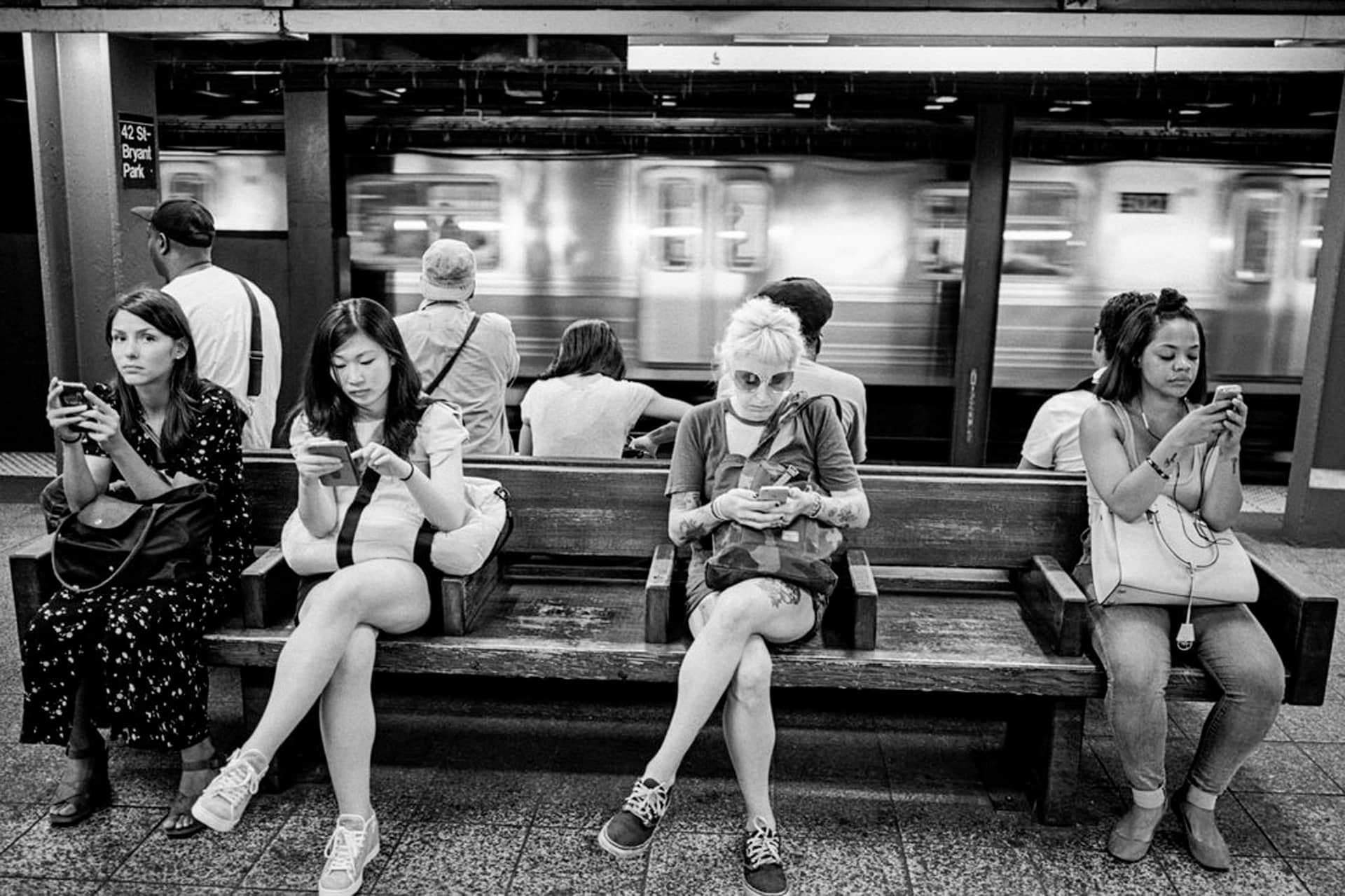
When was the first time you held a camera?
I think it was my sophomore year in college. I was trying to sign up for some easy credits, and I figured photography classes would be a good choice. Then I got there and I was like, this was the wrong choice! I didn’t realize I had to buy a camera and paper and that I had to spend hours in the lab, it wasn’t just going to class. I was like, what, how is this only three credits? I was so pissed off, but by the time I tried to get out of the class, I couldn’t. And at that point I was just trying to get through it. But now I had that camera, so I eventually started taking pictures again. But it wasn’t serious, it was just pictures of friends at parties, going back and forth to work, snapshots. It wasn’t until I moved to New York to go to grad school for social work that it became real. I met artists and started going to galleries and it all came together, my artistic aspirations and interest in people and social work. I started seeing what the possibilities could be. At first I was trying to do straight portraiture, but I think I found it annoying to always have to set up times with people and deal with people being late and stuff. In college, my dream was to become a professional basketball-player, and I come from this very rigorous basketball-driven way of life: I wake up, I work out, I practice, I travel. I needed to be able to work on my own and be accountable for my own time.
Someone gave me a book about Gordon Parks, which really floored me, and I discovered that I could just go out into the world and take photographs that express what I want to get across.
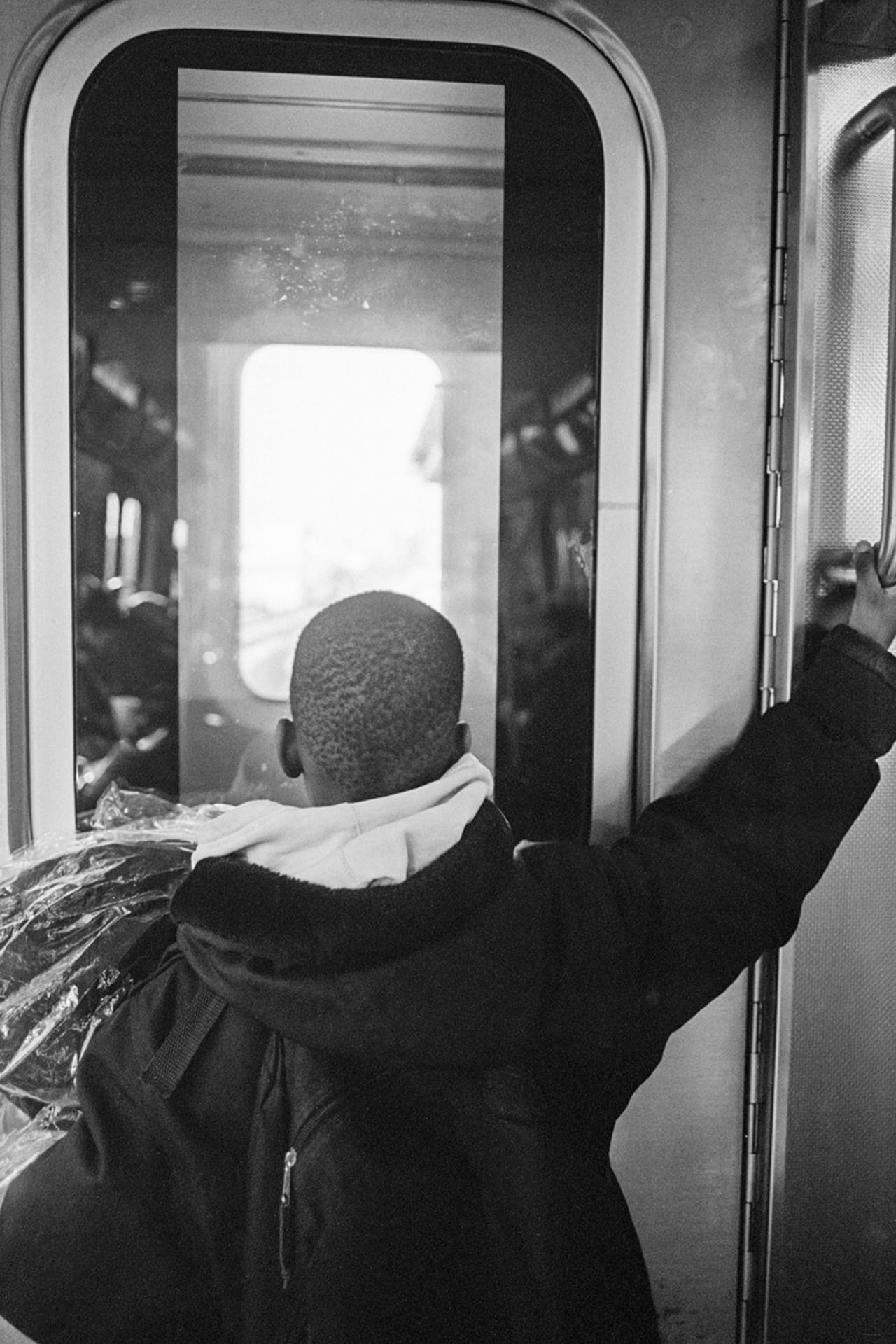
I also realized that when I was taking portraits I would always take these pictures of random in-between moments, which kind of interested me more. It somehow all connected and it was a much better way of working for me, because I could do it whenever I felt like it, and, being super obsessive, I wanted to do it all the time.

How did you get your first assignment?
I got my first assignment with The New York Times after i got in the Portfolio review in 2016, my first assignment with them was a year after, it was a portrait series of a playwright. The Times is such a big place to have your work in so I started to get connected with other editors.
In what way has New York been an influence on your work?
On a personal level, it’s been important to have a sense of community. I’ve been in the same neighborhood [Bushwick] for eight years and I’ve gotten to know the people here. Especially a lot of the kids, they know me as the camera guy. That’s what I come from, and I kind of operate like that, going out of my way to speak to people and just talking to strangers and, and just being out and available. From a photographic standpoint, New York is just so vast and there’s so much to see. Here, people are out on the streets or on the stoops and it’s still super fascinating because it still feels really fresh. Like, right now I’m excited, because spring is around the corner, and it’s the best time.
Your work has a strong sense of connection with your subjects. Where does that come from?
It feels pretty natural. Sometimes I’m in conversation with people or sometimes I’ll just inject myself in a conversation on the street. The more you do it, the more comfortable you get and you find ways to take pictures without being so obvious. I also think that when you’re timid or scared or nervous, people feel that energy and it kind of puts them off. So I just try to be confident and ready to always respond to people, whether it’s just like trying to be witty or bring the energy down if someone is angry. I think people get the impression from my work that I’m a lot more in contact with my subjects than I actually am. In my neighborhood, I know the kids, their parents and they know me. I’m very much connected to my direct community, that definitely comes through in my work. But I think the vastness of the city in the background really adds to the feeling of intimacy that people draw from it. When I’m in my neighborhood I tend to work differently than when I run around in Manhattan. I’m part of my community, whereas when I’m in Canal Street or Union Square, it’s more like, snapping photos. I like both ways and I work in both ways. I try to respond to my environment to get the best pictures.
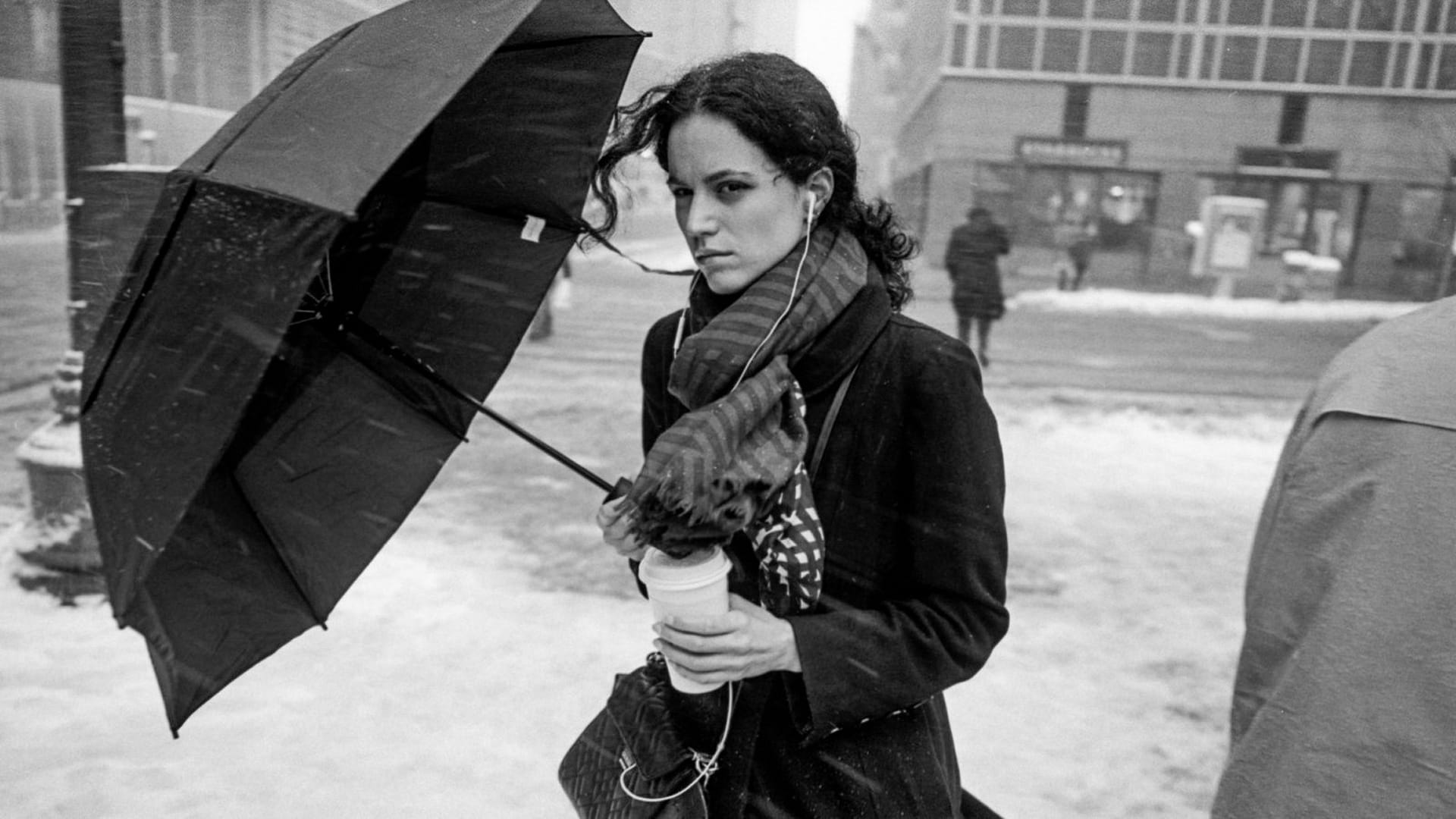
How did you develop your specific language, the way you see things?
Initially I felt like I had a hard time because I wasn’t sure how to validate what I was doing. There weren’t a lot of black street photographers that I could look up to and try to model myself after. But over time, I started to realize that I just needed to be honest about what moved me. Like, photographing black life and just seeing the beautiful nuances of daily living that usually get overlooked. When I realized that, it became a huge part of my voice. In photography, we often expect these grand moments to pop out of the picture and tell you something, but I appreciate the little things. the quiet things. I also wanted to have my own experiences, which are kind of complicated and all over the place, to be part of it. I grew up in mostly black neighborhoods but I went to an all-white college in Iowa, in a town where they tried to have a KKK rally while I was there. For two years, I was the only black player on the basketball team. So I guess that over time I realized that I can use photography to express all these different feelings or even the different places that I’ve been to or just the way those different places make me feel. My photographs may feel very New York, but at the same time, there are underlying messages in the work that are not so specific to New York, but to human life. I think a lot about my community and my relationship to it and the current things that are happening that I’m interested in and social issues that I want to be part of my work. But first and foremost it’s about responding to whatever I feel like is speaking to me.
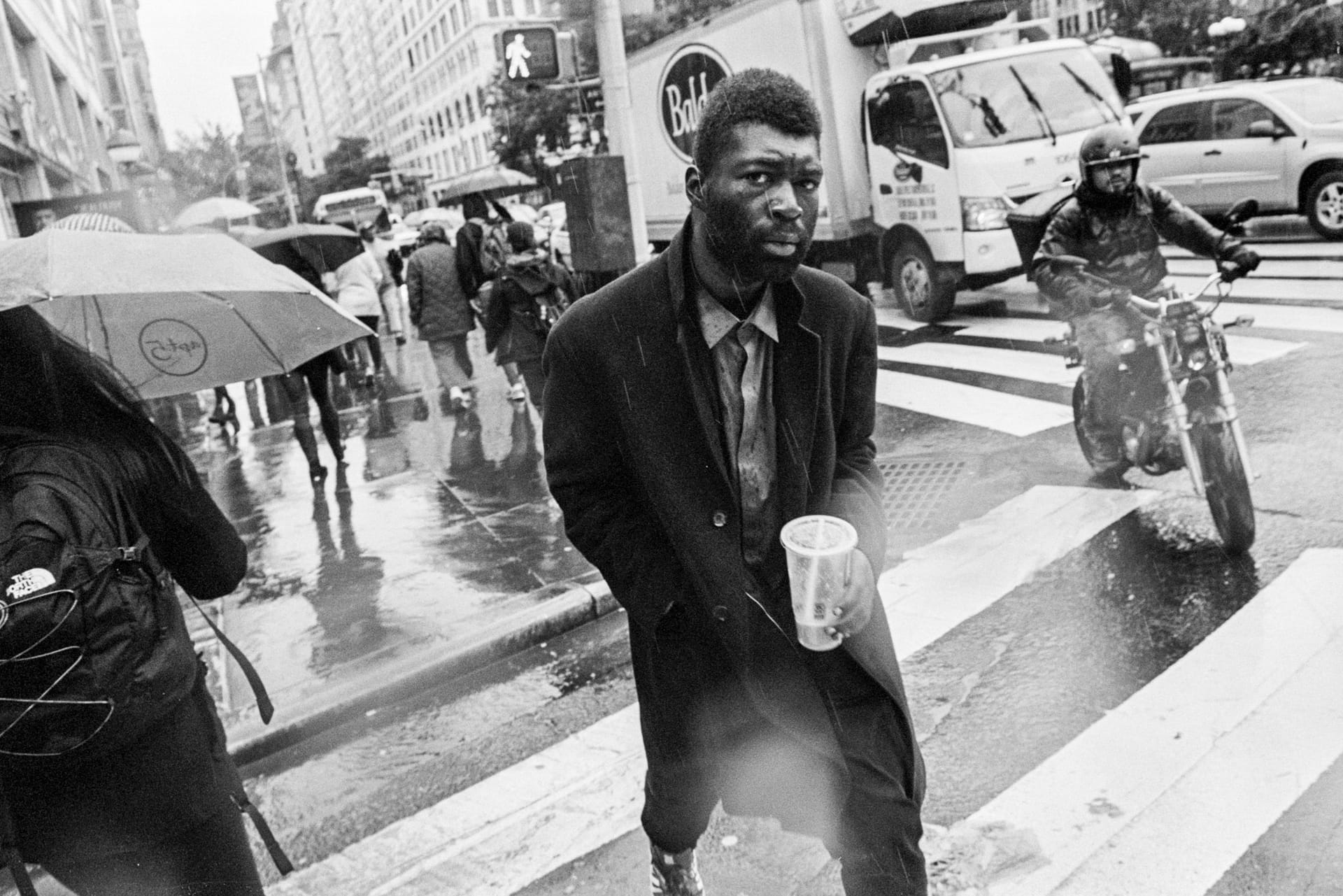
Your pictures has a feeling of timelessness. Where does that come from?
I think it was more of a subconscious thing than it was an actual quest for a certain aesthetic. The black and white images probably add to a timeless feeling. Also, the fact that a lot of my work is in New York – I don’t think New York is a very colorful place, it feels very black and white. The city is already so monochromatic, it plays into the aesthetic I’m drawn to. I’ve always wanted my work to be part of the times, of what’s happening right now. But I’m drawn to the neighborhood, kids playing, everyday interaction. I suppose that adds to the timelessness. New York has a certain cool to it, people wearing suits and ties, dressed up for work, it automatically feels timeless.

So how do you find you images? Are they semi-planned out, do you have a feeling in the morning that you will go to a special location?
It’s more like, looking for stuff. During the last year I had more of a strict routine where I would head out in the morning, to catch people going to work, kids going to school, I just liked that morning vibe, at lunch time I would eat with them, I would sort of like, follow the rhythm of the day to have opportunities to take photographs. So sometimes I structure my days. But during the last year when my schedule got busier I just had to make sure my camera was always on me so I had the opportunity to take picture.

How come you only shoot on film?
When I came to New York and started going to galleries, I genuinely just fell in love with silver gelatin darkroom prints. That was the work that really affected me the most. So I decided that if I wanted to make work that made me feel that way, that’s how I had to do it. It’s how I enjoy working. I think it goes back to my love of craft and process, I like to keep working on something and continually get better at it and seeing the improvements, to look at a print and know that this came from me. I think I get that from my grandfather because he was always building stuff and making things with his hands.

What are your best/worst experiences?
Well, the worst are definitely the ones where people feel you try to take advantage of them, they have been caught in an unflattering way, I’ve been called a pedophile, I’ve had people call the cops, stuff like that. You just gotta shake it off. As a photographer, you just need to learn how to move, how to carry yourself. Some of the best reactions come from the kids in the neighborhood, when I give them prints. I just cherish those moments when they flip through the pictures and are super excited about seeing themselves.
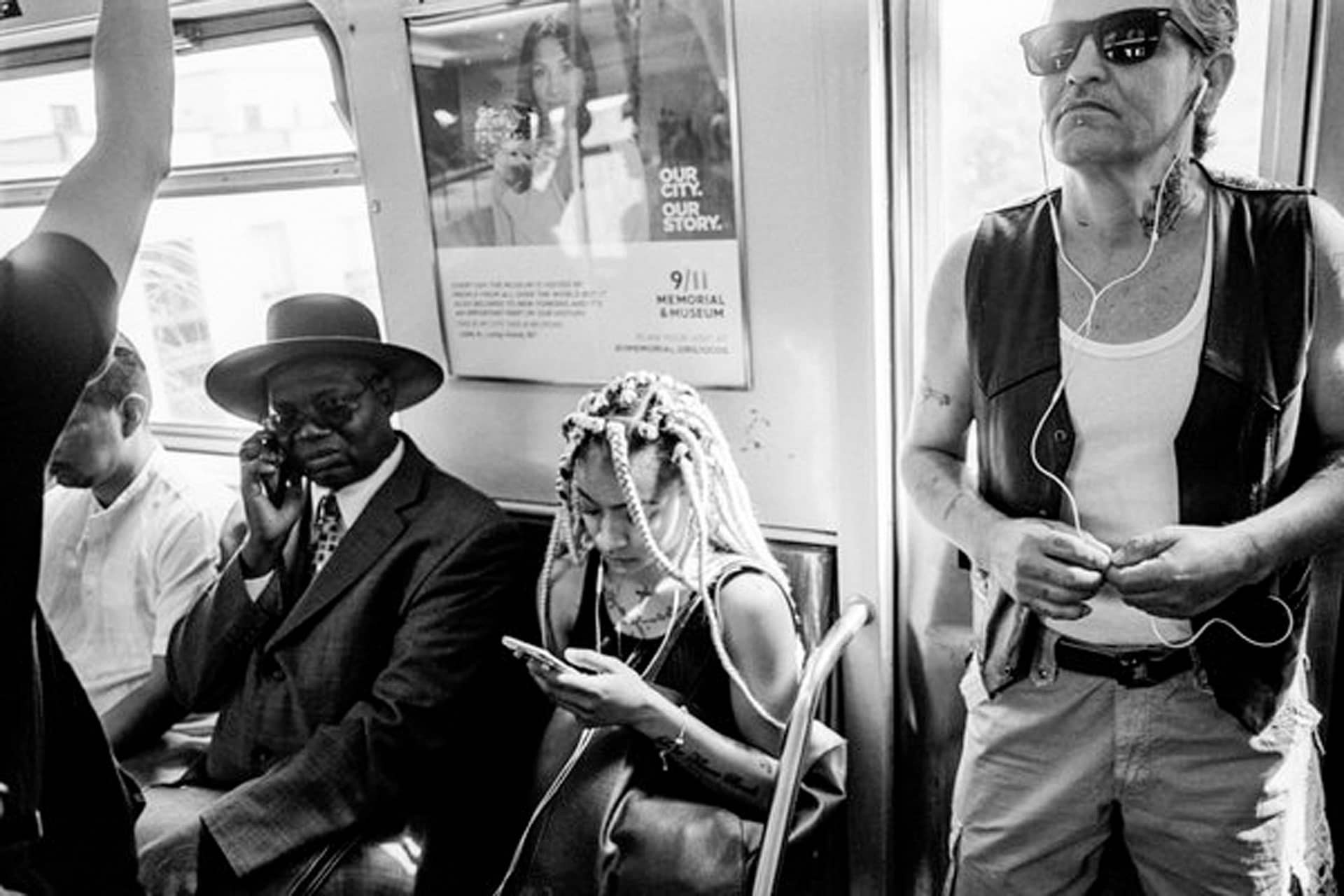
What do you want to do that you haven’t done yet?
One of my greatest aspirations and something I’m thinking about a lot right now is to take a road trip. In the history of photography, the American road trip is such a staple and I feel like I have a strong voice to add to that narrative, because black photographers have rarely been able to do it, for many reasons, in this country. I did a mini version of it last summer, when I was on a week-long assignment for The New York Times. That was a great way to test out being on the road and seeing if I like to work this way. And it definitely was a success, because I love just being completely immersed in a project and doing what I do, and I got to do that. So that’s a big passion project for me. Hopefully I will be able to get on the road next year, because I just want to jump into it and do it now. There’s so much happening in the country right now, and I need to be able to tell those stories, from my perspective.



